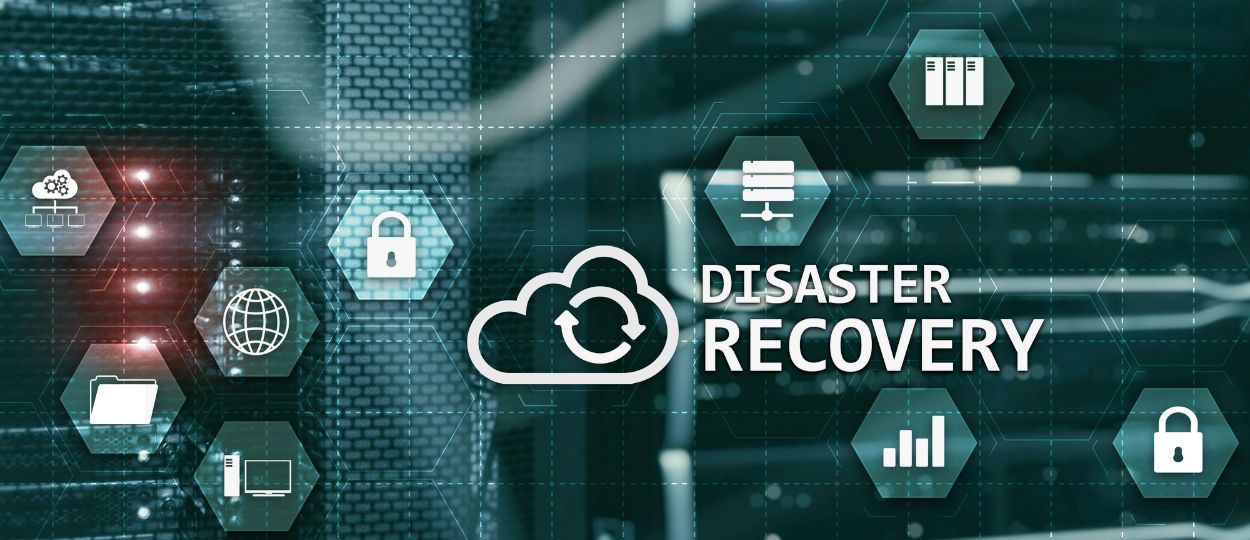Businesses have no shortage of options today when selecting a backup and recovery plan. Picking the right backup solution is more than having dedicated data storage or a copy of data. A backup strategy is about secure incremental backups, or regular backups, cost-effectively.
Logical customers should choose security settings based on their needs or insurance requirements for technology equipment. This is especially important for Cyber Liability or Professional Liability coverage. These liabilities are crucial to consider these factors when setting up security measures. Customers should prioritize their own needs and insurance agreements when making these decisions.
Many customers simply choose a cloud storage option by hosting all data in the Logical Data Center. Some customers want their servers and backups onsite, which allows us to manage the servers and workstations remotely. Certain customers use an onsite backup with an offsite redundancy to ensure business continuity. Differing options for backups require that Logical have different protocols for the recovery of customer data.
1. Server Image Backups
What is a server image backup?
Server image backups refer to a type of backup that captures an exact snapshot of an entire server’s state, including the operating system, applications, settings, and data. This process creates a complete, working copy of the server’s environment at a specific point in time. Server image backups are particularly useful for rapid recovery and for environments where maintaining consistent system configurations is crucial.
How does Logical provide server image backups?
Many Logical small business customers simply want to have their on-premise servers backed up once per day. At the end of each business day, we copy the server images to the Logical Data Center. Making it easier to restore data if something happens to the on-site server.
Disaster Recovery Considerations for Server Image Backups
In the event the local server is disabled and cannot be restored, we will need to purchase new servers. We’ll need to install and set up the operating system and programs on the new machines, then restore the latest backup. This process can take between 72 and 96 hours, provided the backup is valid and viable.
Having a backup plan for your business is important, this should include emergency protocols. This can help avoid losing a day of transactions when restoring from a previous day’s backup. Large backups can take time, so they’re not always the best solution for businesses with a lot of data.
2. Off-Site Storage of Server Backup Images
What is an off-site storage of server backup images?
Off-site storage of server backup images refers to the practice of keeping copies of server backup images at a location separate from the primary data center or operational site. This practice enhances data protection and recovery options by safeguarding against site-specific risks.
How does Logical provide off-site storage of server backup images?
Logical Data Center customers often hire us to back up and store their data. Many also opt to send these backups to a third-party data center, which we partly manage. By protecting and securely storing customer data in multiple locations, we ensure their peace of mind.
Disaster Recovery Considerations for Off-Site Storage
If the Logical Data Center is down or attacked by ransomware and can’t be fixed, we will have to create new servers. We’ll install and configure the operating system and programs, then restore the latest backup. This process can take between 48 and 72 hours, provided the backup is valid and viable.
Restoring off-site backups during a Business Continuity Plan test is essential. We run these tests to check that backups are complete and can be restored properly if needed. Regular testing reveals any issues before a real emergency. Ensuring that you can quickly recover and keep your business running smoothly.
Since restoring system backups takes time, they’re not ideal for businesses with a lot of frequently changing data. Restoring a backup from the previous day might cause you to lose a day’s worth of transactions. That’s why having a Business Continuity Plan with Emergency Operations Mode is important.

3. Replication
What is Replication?
Replication refers to the process of creating and maintaining copies of data across multiple locations or systems. Copying data from one server or storage device to another in real-time or at scheduled intervals. The primary goal of replication is to ensure that data remains available and consistent. Replication helps protect against data loss and supports disaster recovery by enabling quick restoration from the replicated copies.
How does Logical Provide Replication?
Customers can choose how often the backup software takes a server image, whether during the day, night, or both. If your servers are in the Logical Data Center, we can replicate your key servers in real time to a third-party data center. Each time a backup image is created, it is quickly sent in a secure, compressed format to a third-party data center, where it is copied to a virtual server. This can be an effective solution for natural disasters, like hurricanes, that threaten our area.
Disaster Recovery Considerations for Replication.
The Logical team can activate replicated servers as your main server within 24 to 36 hours if needed. We can even direct your on-site switches to this server, allowing your business to continue. This is perfect for those who need daily access to critical data. Especially when downtime costs more than replication services.
4. Co-location
What is Co-location?
Co-location refers to the practice of placing multiple servers or IT infrastructure components in a single data center facility. Instead of running your own data center, you rent space in a co-location center to store and manage your equipment. Co-locations are a viable option to deter potential losses from natural disasters.
How does Logical Provide Co-location?
Logical Data Center customers needing nonstop data access will have co-location set up at a third-party data center. Examples of such customers include hospitals and businesses that operate 24/7. If the main servers fail, the customer’s on-site switches will automatically switch to the live data on the off-site servers. This ensures minimal data loss during the transition.
We still recommend backups for co-located servers. For added security, some customers require an “air-gapped” off-site backup and retrieval service, which Logical can provide.
An air-gapped backup strategy keeps your latest data offline and disconnected from your servers. Because it’s not connected to the Internet or a LAN, it can’t be hacked or corrupted. Like a backup tape in a vault—without access, it’s safe from damage.
Disaster Recovery Considerations of Co-location
If a primary server fails or becomes disabled, the co-located servers will automatically take over. Most users will not be aware that a change has occurred.
If the main servers and backup servers fail, we will restore the backup to a new virtual server. This new server will be located in either the Logical Data Center or a third-party data center. This can get users back online within a few hours, compared to a few days with co-located servers.
What option is best for your business?
To select the best backup and recovery option for your business, you will need to evaluate your recovery point objectives (RPOs). RPOs can be the amount of data your business creates and uses, budget, potential downtime costs, security requirements, and insurance requirements. Our team can also help you identify and outline your recovery time objectives to minimize the impact a disruption can cause.
For more details on each option and to discuss pricing, contact Logical. Our team is ready to guide you through the best backup process and disaster recovery strategy for your business.

